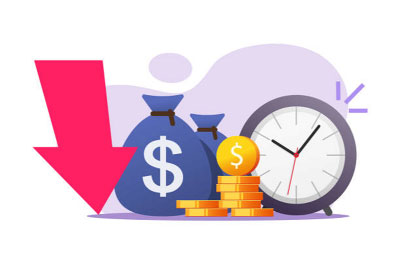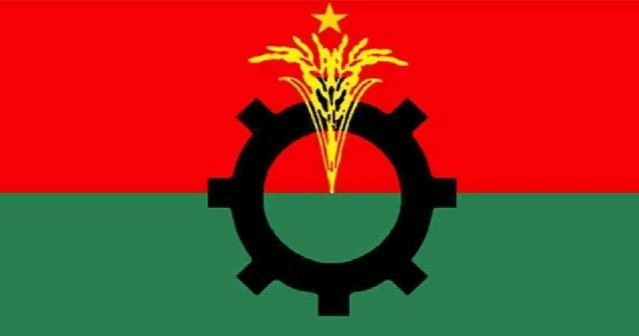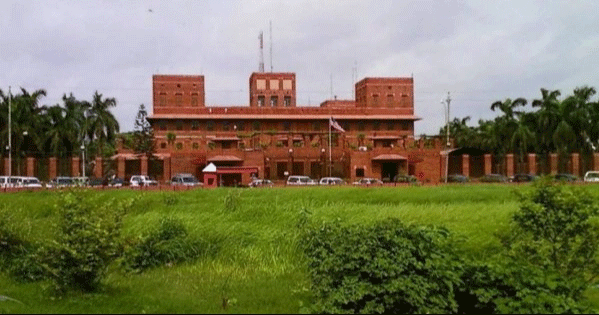Dollar crisis hits reserve-economy
Mahfuja Mukul: Due to the increase in import costs and decrease in remittance flow, the country faces a dollar crisis. The year 2022 has passed in the middle of the dollar crisis. This has put a strain on the reserves of central bank.
The central bank has taken various steps to increase the supply of dollars including reducing import costs and increasing expatriate income. Although the instability in the dollar market was reduced, the crisis was not completely resolved. Those concerned believe that the dollar crisis will be resolved in the future if the pace of remittance growth continues.
In August 2022, the dollar hit a record high in the country’s open market. To keep the market normal, the central bank periodically fixes prices as well as supplies dollars to cover import costs from time to time. This supply puts a strain on reserves, depleting reserves. At the end of November, reserves stood at $33.78 billion. Reserves were $35.80 billion in the previous month.
Those concerned say that when the corona epidemic was about to end, the global economy was trying to recover. Meanwhile, the Russia-Ukraine war began. It put a great pressure on the economy. As our import expenditure increases, expatriate income decreases in the opposite direction.
As a result, the dollar crisis began. At one point the dollar market became unstable. Bangladesh Bank has implemented various measures to solve the dollar crisis. Although it was possible to rein in the price of the dollar, it could not come out of the crisis completely.
Traders are still in the dollar crisis. They are struggling to open Import Letters of Credit (LC). On the other hand, due to this crisis, the production of goods in industrial establishments is disrupted. The prices of daily commodities including edible oil and sugar have increased several times. On the contrary, remittance flows have also decreased during the period under discussion. Meanwhile, dollars have been provided from reserves to pay off import liabilities. The reserve has been strained. Reserves have consistently declined. Although the remittance flow has been increasing for some time. But, reserves are moving in opposite direction.
Professor of Economics Department of Jagannath University and General Secretary of Bangladesh Economics Association Dr. Md. Ainul Islam said that the central bank has taken various steps to increase the dollar supply. As a result, the remittance flow increased slightly in the last month. If this flow of remittances can be maintained, the dollar crisis will go away soon. Along with that, after the foreign loan comes, the reserve will increase a little. The export of products to the new destinations of the world should be increased.
If the government takes various steps to increase exports, the dollar supply and reserves will return to their previous positions through future export earnings. A review of the dollar price showed that the dollar price started to rise gradually in the beginning of 2022. The dollar rose to the highest level in the open market in August. On August 10, the price of the dollar rose to over Tk 120 in the open market, setting a record. That’s when the central bank was shaken.
Meanwhile, till January 6 this year, every dollar was traded at Tk 85.80 in the interbank currency market. It increased to Tk 86 on January 9. On March 23 every dollar was sold at Tk 86.20 paise. On April 27, the price of the dollar increased by 25 paisa and was sold at Tk 86.45. In May, the price of the dollar was increased 4 times in the interbank currency market.
However, the market did not stabilize. Later that month, in response to the demands of the Bangladesh Foreign Exchange Dealers Association (BAFEDA) and the Association of Bankers, Bangladesh (ABB), the organization of the bank’s top officials, Bangladesh Bank pegged the dollar price at Tk 89 in the interbank currency market. And for selling to importers BC selling rate is fixed at Tk 89.15.
However, the banks proposed an exchange rate of Tk 89 per dollar in inter-bank transactions. But, due to the market not being stable, the dollar price was increased by 90 paise on June 2 and the dollar price was fixed at Tk 89.90. Later in June, the price of the dollar was increased by 8 points to Tk 93.45. In July, the price of the dollar was increased several times to Tk 94.70.
Thus, when the market could not be controlled despite increasing the prices again and again, then it was left to the commercial banks to solve the dollar crisis and to fix the prices to increase the expatriate income. Later on, the dollar price was decided in a joint meeting of Association of Bankers Bangladesh (ABB) and Bangladesh Foreign Exchange Authorized Dealers Association (BAFEDA).
According to the prices announced by BAFEDA, banks can buy a maximum of Tk 107.50 paisa per dollar in the case of remittances sent by expatriate workers through banking channels in the country. Commercial remittances and export bills will be encashed at Tk 99 per dollar. In addition, the decision to sell dollars to importers by adding a maximum of one taka to the average (weight and average) price of banks for collecting remittances and cashing export bills is in force.
Action by BB
The central bank has taken various steps to resolve the instability and crisis in the dollar market. Because of this, the anarchy in the dollar market has decreased a lot. The head of the treasury department of 6 banks was removed, licenses of several money exchanges were suspended and show-cause notices were issued for involvement in dollar manipulation. Regular monitoring is strengthened. Digital platforms are also monitored so that no one can artificially create a dollar crisis.
The central bank is conducting an operation to find out whether there is manipulation of dollars in digital platforms that are transacted online. The central bank found irregularities like violation of dollar transaction limit in 71 credit cards of 27 banks. The central bank’s inspection team conducts routine bank inspections to prevent dollar manipulation.
Meanwhile, working capital from local sources in taka instead of dollars in favor of type-A (100% foreign-owned) and type-B (domestic-foreign joint-owned) industrial enterprises operating in the Bangladesh Economic Zone to open the door to current credit facilities for the enterprises of the economic zone producing for the local market. The central bank has taken various steps including providing loan opportunities.
Benefits of sending remittances to increase dollar supply:
2.5 percent cash incentive against legitimate wage earners remittances, CIP honoring of remittance senders, expansion and simplification of remittance disbursement process as well as providing investment and housing financing facilities to non-resident Bangladeshis, encouraging international money transfer operators to set up drawing arrangements with Bangladesh banks under fintech systems.
And charges or fees of banks or exchange houses for sending remittances have been waived.
Due to these facilities, remittances came in last month more than before. Those concerned believe that it is likely to continue in the future. They hope that the supply of dollars will increase.
President Joe Biden tests positive for COVID-19 while campaigning in Las Vegas, has ‘mild symptoms’
International Desk: President Joe Biden tested positive for COVID-19 while traveling Wedne…








